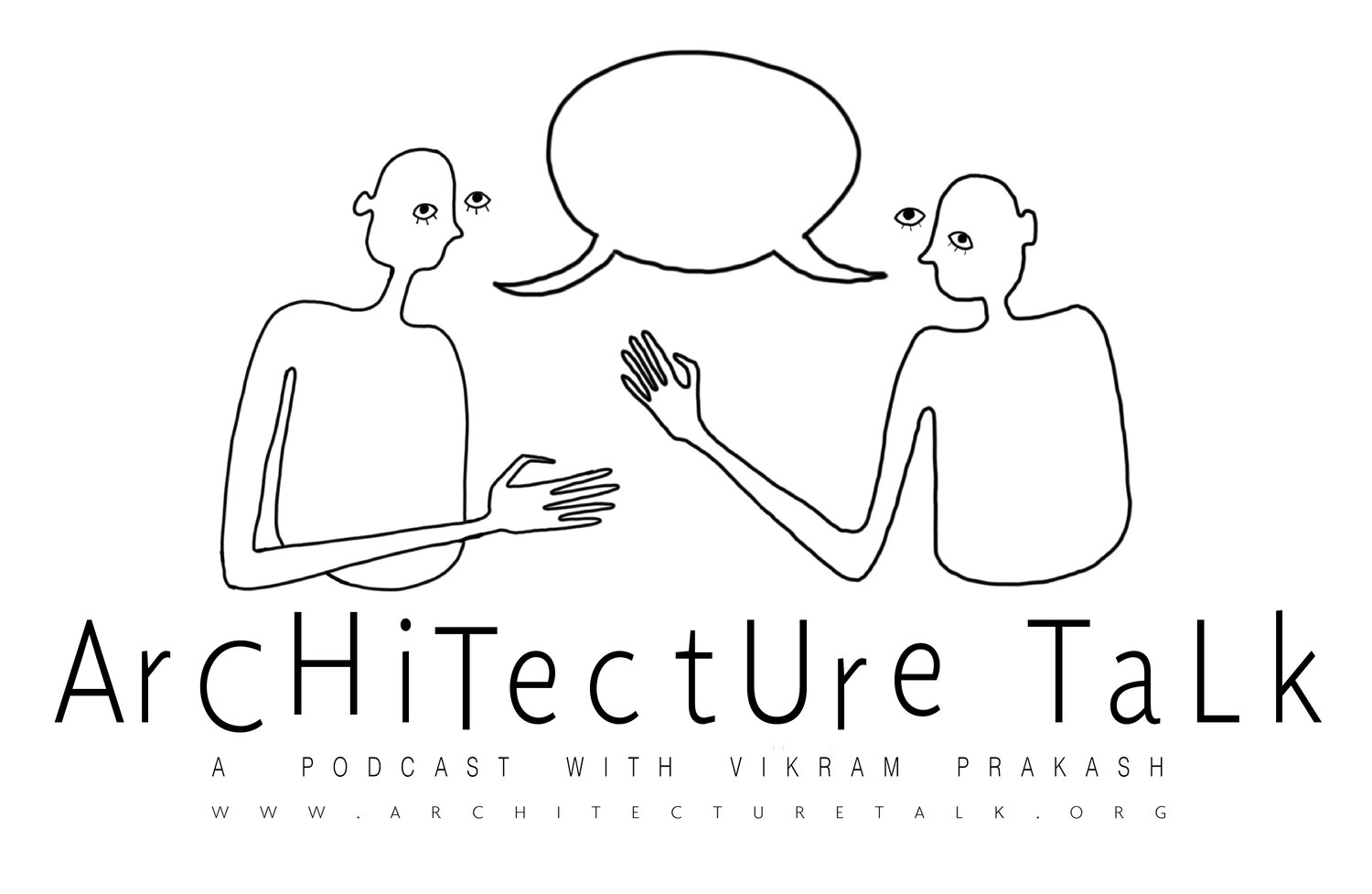49. Editor's Choice Edition: On Storytelling
THIS WEEK, as the second episode in our Editor’s Choice Edition, we revisit conversations with Nicole Huber and Yomi Braester as we investigate the art of storytelling through architecture and film.
Timestamp Outline
1:54 Architecture as fiction-making and imagining alternative worlds through storytelling
3:58 Oscar Niemeyer's French Communist Party Headquarters and Solaris by Tarkovsky: “a dreamworld of futurist past”
5:50 “It was a sense that the key to architecture is the imaginary, is then the relation to narrative, to stories, and the yearning that is related to that storytelling.”
6:14 Architecture and Fiction Syllabus: Mad Max: Fury Road, Blade Runner, Paris, Texas. The Road, Chinatown, Get Out, Pan’s Labyrinth, The Party, Playtime
7:23 Mad Max: Fury Road: contemporary pop culture and paradise lost of the green “land of the many mothers”
8:33 Western as a genre, manifest destiny, and the uncanny
11:52 Turn to transgression: process of thinking to transgress
12:45 “Always attracted by the provisional!”
14:04 Radiologist parents: diagnosis vs design as open-ended
15:48 Libeskind and Scarpa processes
16:15 Ernst Bloch, The Principles of Hope
17:23 “The present is always pregnant with the not-yet,” and a yearning impulse vs a Freudian lack
19:23 Slavoj Žižek and reality as an incomplete process of the “not-yet”
19:40 Architecture as this “not-yet” process
20:30 Berlin’s sister city Los Angeles as anti-utopia (continuously changing) and the theories of Edward Soja, Mike Davis, and Michael Dear
22:38 Armen Avanessian, digitized notion of time, digital algorithms and big data as colonialism
23:40 Futurisms as counter-narratives: Afrofuturism, Shanghai Futurism, Indigenous Futurism, Black Mirror
26:40 Rethink time as a simultaneity of past-present-future Wangechi Mutu, Jean-Michel Basquiat
27:30 “It’s a search, it’s an inquiry”: architecture as an ongoing conversation
29:24 Hong Kong cinema, Chinese cinema, new media and the city
31:45 “How we conceive of our world through images”
33:30 Are both these disciplines anthropocentric: focused around the ear and eye/I?
34:50 The chronotope in the city: “A work of fiction creates its own spacetime.”
36:00 Magical realism, Italo Calvino, etc
37:22 Agency, subjectivity, and a third space
39:15 Andrei Tarkovsky
42:15 Last scene in Solaris: childhood, memory, and love become a building
45:00 “What happens in a novel has always have happened and will happen”: always use the narrative present when discussing a novel or film
47:12 Architecture as a ‘figment of the imagination’ in Tarkovsky films: burning building in The Mirror, building in Solaris, compound in Stalker, etc
49:45 Interest in Asian and Chinese cinema: Wong Kar-Wai, Uniqlo Beijing video of people having sex, viral media and Painting the City Red: Chinese Cinema and the Urban Contract by Yomi Braester
51:30 Essay: “The City as Found Footage” - “Found footage as the eviscerating of agency.”
52:28 Found footage in modernist cinema: like objet trouvé in art
53:32 “How do we look at the spaces that are recorded in these [surveillance] videos?”
54:24 Viral agency as a kind of social agency?
54:47 “What is the role of the artist, the visual artist, the architect?”
56:00 New media and randomizing effects of algorithms in art





